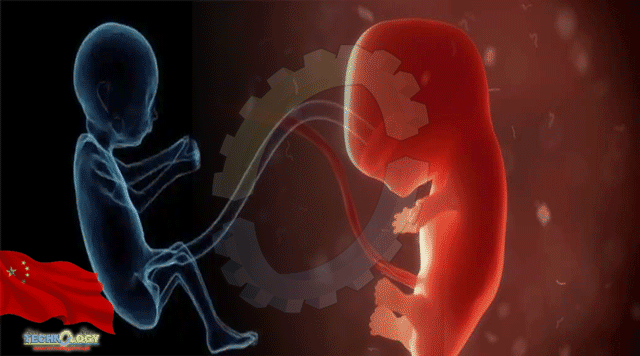Nestled in a cube of nutrient-rich fluid, a developing embryo grows while a nanny takes care of it and carefully monitors its health as it becomes a fetus. However, this is not a normal environment for an embryo to grow, instead, the embryo is contained in an entirely artificial womb, and the AI nanny is a robotic, AI-driven carer.

This, according to Chinese scientists from the Suzhou Institute of Biomedical Engineering and Technology, is the future of carrying babies to term, eliminating the need for pregnancy in mothers and increasing the safety of embryonic development.
Their machine, complete with AI nanny and multiple artificial wombs, is already caring for mouse fetuses and the process is outlined in their peer-reviewed research published in the Journal of Biomedical Engineering.
The device will “not only help further understand the origin of life and embryonic development of humans, but also provide a theoretical basis for solving birth defects and other major reproductive health problems”, the researchers said, reports the South China Morning Post.
“The in vitro embryo culture online monitoring system developed in this paper can track and record the morphological characteristics of the development process without affecting the embryo development, and provide a basis for the evaluation of embryo development and the optimization of the in vitro culture system,” write the authors in the paper.
It may seem almost dystopian, but the idea attempts to improve current methods of fetal development in artificial wombs, which currently require attendants to constantly monitor the culture and document its characteristics. With developmental biologists being permitted to develop embryos for longer than 14 days in most countries following strict ethical review, this level of labor becomes a limiting factor for studying developmental disorders. An automated system capable of carrying multiple embryos could be the answer to improving scale.
To go about this, the researchers developed the ‘long-term embryo culture device’. The device involves a complex system of fluid containers, where the embryo develops, aided by a series of fluid controllers and supplemented by oxygen. Above the cultures is an optical device capable of magnifying the embryos and monitoring them with impressive detail, which provides key growth information to the AI nanny. Based on this information, the AI can even rank the embryos on overall health and potential, should the researchers wish it.
It’s important to note this is currently only being carried out on mice, and there is no guarantee it could be analogous to humans.
While the machine could be capable of carrying a human embryo for long periods of time, international laws currently prohibit such experimentation. As a result, the machine is being optimized using animal embryos for the time being.
Source: IFL Science